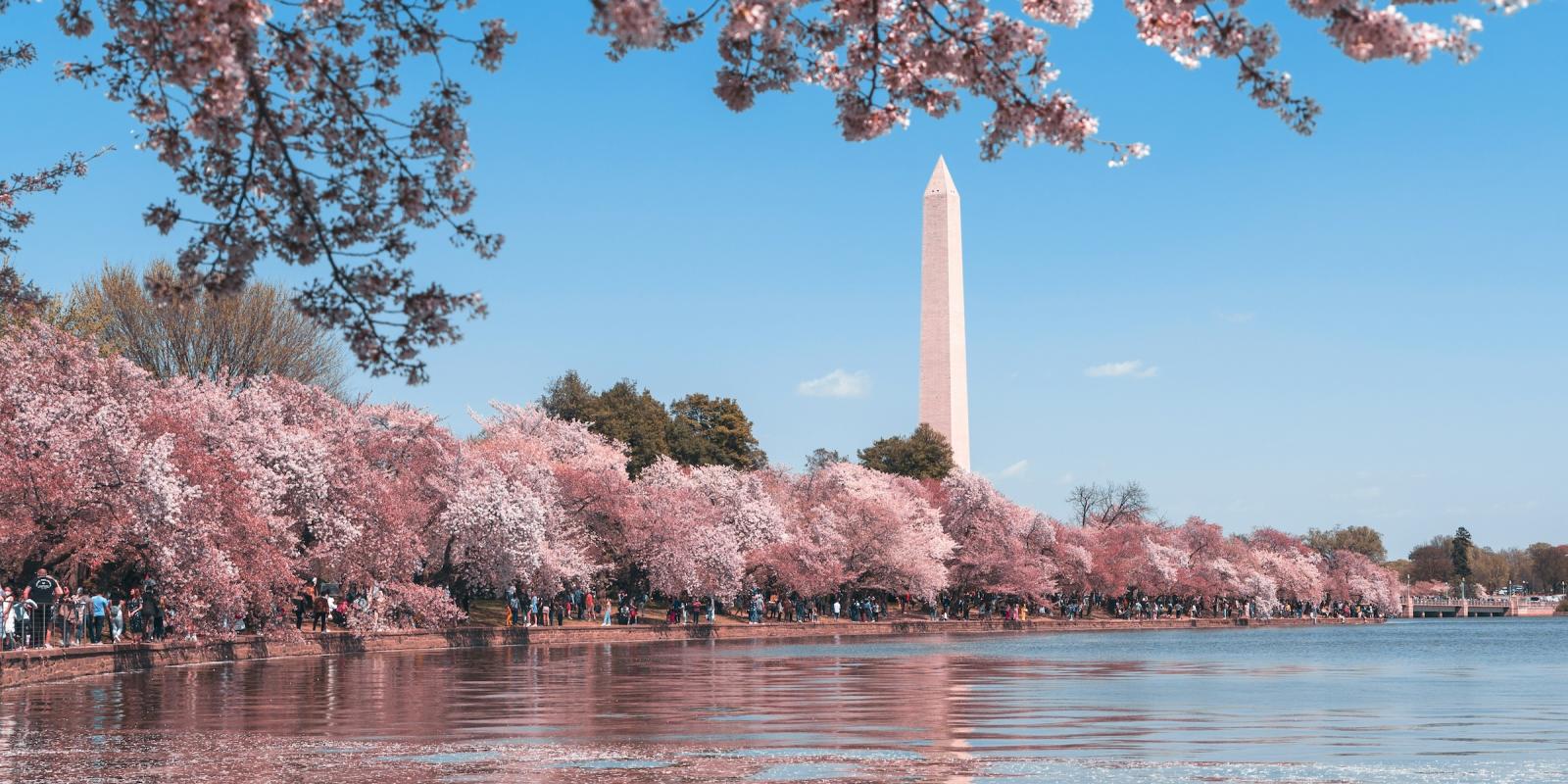In 1933, eleven words made Minnie Keyes a wealthy woman. They were scrawled on a blank telegram slip, tied to a pencil with an elastic band, and stuffed under a mattress. “Minnie Keyes: You have been good to me. All is yours.” These sentences were the final will and testament of Leonard A. Hamilton, who had lived as a boarder at Keyes’ home for 30 years. Once a court accepted the scrap as legitimate, Keyes inherited Hamilton’s $100,000 estate, about $2.1 million in today’s money. Most of its value lay in real estate: dozens of homes scattered across Washington. The properties Minnie Keyes came to own, however, were not the city’s best. And what should happen to them became the source of great debate.
